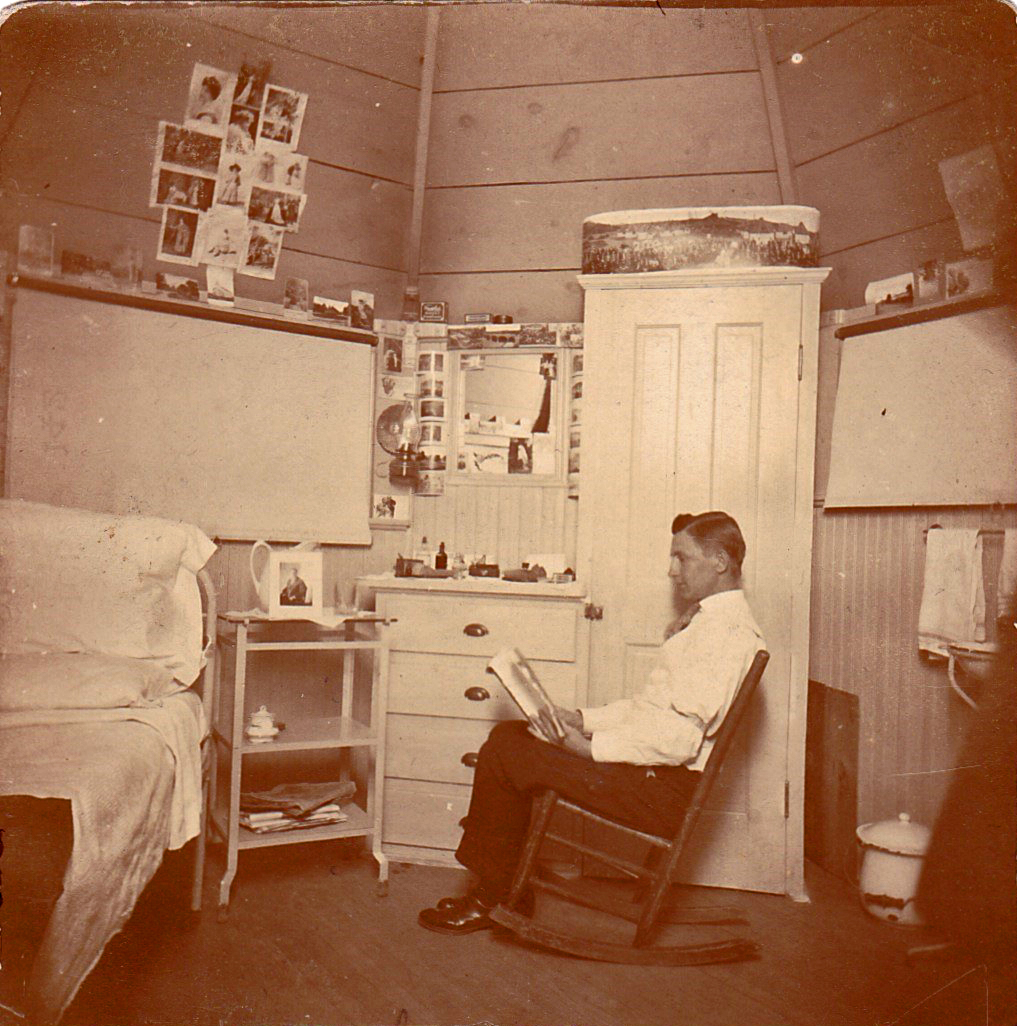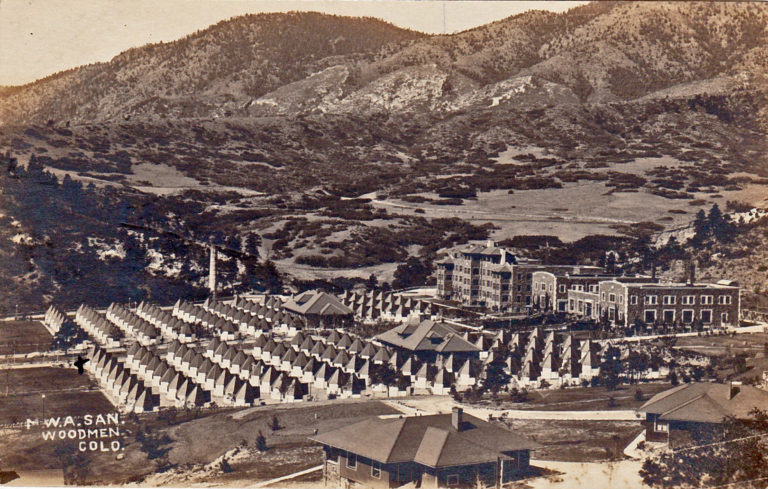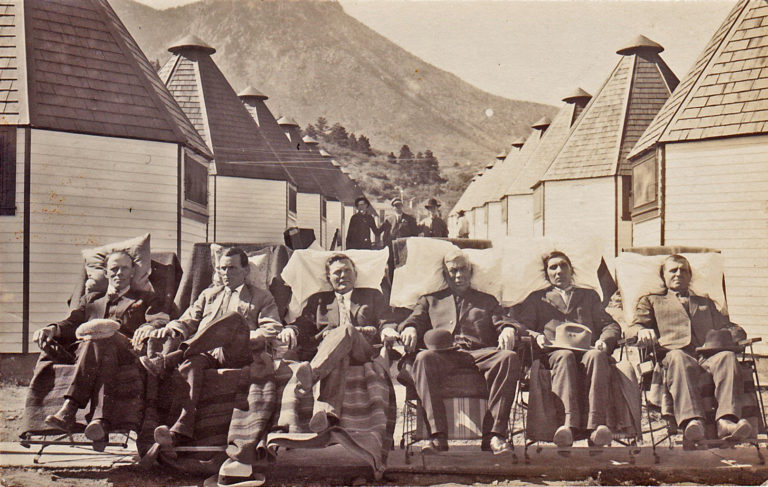William J. Hemp was born on June 24, 1888, in Louisville, KY, to Charles W. and Ellen E. (Zenor) Hemp. He had three brothers, Manley, Jacob and Earl, and three sisters, Annie, Julia and Goldie.
Tuberculosis (also called TB or consumption, the latter because it is a wasting illness), tore grievously into the Hemp family. The spring of 1909 found William, aged 21, employed as a clerk in a Louisville railroad yard and suffering from the disease. He had just lost his mother, Ellen, 51, to the disease in February of that year, and his older sister, Annie, had died from the disease in 1901, at age 17.
William’s older brother, Manley, a plumber, died at the age of 21 in 1905. The hand-written record of his death appears to state the cause of death as “Tubercular Meningitis,” which may be the same as TB Meningitis. The latter can develop after tuberculosis bacteria enter the lungs via droplet inhalation. From the lungs, the bacteria pass into the bloodstream and travel to other areas of the body. If they travel to the protective tissue layers around the brain, i.e., the meninges, small abscesses are formed. A bursting of the abscesses gives rise to TB Meningitis.
In June of 1909, William received what must have been encouraging news from his lodge brothers in the Modern Woodmen of American (M.W.A.), for the lodge had succeeded in getting him admitted to the M.W.A. tuberculosis sanitarium outside of Colorado Springs. His treatment there would be free, and the lodge would defray his travel expenses to the West. He would in fact be the first Kentuckian admitted there.
[Modern Woodmen of America, organized around a system of lodges, is a tax-exempt fraternal benefit society. It sells life insurance, annuities and investment products to help members and fund social, educational and volunteer programs to assist communities. Founded by Joseph Cullen Root in 1883, the M.W.A is currently headquartered in Rock Island, Illinois. As the M.W.A. points out on its website, “We have no woodworking in our history. No cabinet making. No lumberjacks.” Root named the organization for the pioneer woodmen who cleared forests to build homes and communities. Root considered woodmen to be a symbol of how the M.W.A. would clear away financial burdens for its members.]
In the photo, Mr. Kemp is shown inside his hut at the Colorado sanatorium. At full strength, there may have been as many as 180 of these huts. Although they were wood structures, they were referred to as “cottage tents.” indeed, the postcard is inscribed with the words, “inside of tent.” Each hut, designed for one person, was octagonal in shape and capped by a conical roof. Each featured two windows, a closet, a bed and chairs, a washstand, steam heat, electric lights, and a call system for summoning assistance. When Kemp arrived there, the sanatorium had just opened (it would operate until 1947). Treatment emphasized pure, fresh, thin mountain air, good food, and a positive mental attitude.
Apparently, Mr. Hemp’s stay at the Sanatorium did not have its desired effect, for he died in Louisville of tuberculosis at age 24 on October 12, 1912. A little over a year later, his younger sister, Goldie, died from the illness at age 18. All told, the mother and three, possibly four, if Manley is included, of the seven Hemp children were taken by TB.
Thank you to my wife, Bev, for her research of the Hemp family.
REFERENCES:
- The (Louisville) Courier-Journal, dated June 25, 1909 ( at www.newspapers.com )
- “Combined Gages 2017” Family Tree (www.ancestry.com)
- Kentucky Death Records, 1852 to 1965 ( www.ancestry.com )
- “Modern Woodmen – Fraternal Financial” at https://www.modernwoodmen.org/
- Modern Woodmen of America, Facebook (at https://www.facebook.com/modernwoodmen/posts/10153660172356693/ )
- “Rare Disease Database,” National Organization for Rare Disorders at https://rarediseases.org/rare-diseases/meningitis-tuberculous/
- “TB meningitis,” Meningitis Now at https://www.meningitisnow.org/meningitis-explained/what-is-meningitis/types-and-causes/tb-meningitis/
- 1900 Census (www.Ancestry.com )



